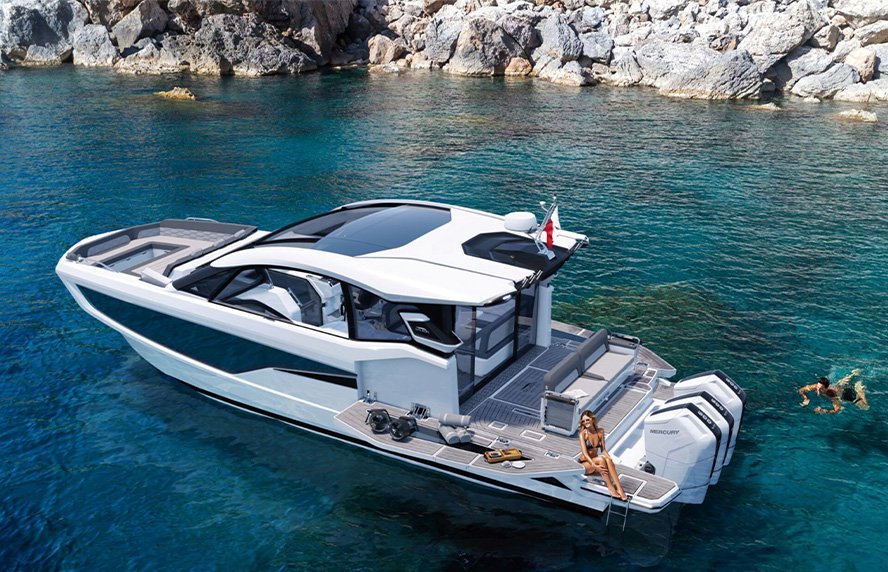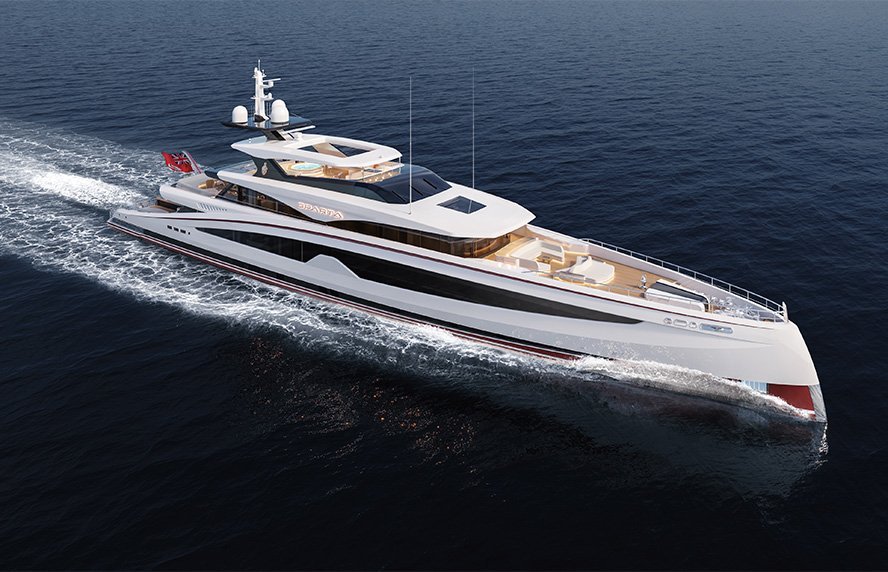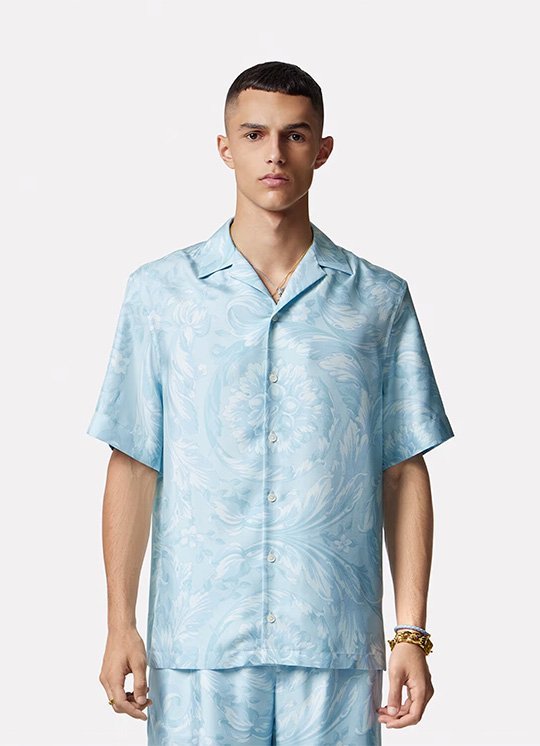You learnt to crochet from your grandmother at the age of 5, when you spent the three summer months on the island of São Miguel. Was your creative identity beginning to show its first signs at that time?
Not yet. When I was 5, my enjoyment was based on making tables, chairs and Christmas presents. When I went to the island for the summer holidays, I remember that my evening entertainment was learning to crochet from my grandmother. Knitting, on the other hand, I learnt from my godmother, who lived opposite. Still, I think my interest was sparked by my great-grandmother. For many years I watched her crocheting tablecloths and trousseaux, and even when she went blind, she decided to continue. The onset of my creative identity came much later. It wasn’t until I was a teenager that I started crocheting and knitting clothes for myself. That’s when I realised, I wanted to dress differently; in fact, I remember inventing clothes and spending hours at the seamstress because I didn’t want the clothes as they were given to me. But I only discovered the identity that I have now, in my brand, at university and even at that time, it hadn’t yet fully developed.
Later, you ventured to London for more than ten years. There, you graduated in Fashion Design, specialising in knitwear. Was there never a plan to study in Portugal?
Actually, the plan was to be a marine biologist or a psychologist. Then, I realised I wasn’t happy in the sciences, despite my good grades, and I chose to switch to arts, in order to express my artistic vision, even though I didn’t know which field I’d go into. When I realised that what I liked most was making and altering knitted clothes, I applied to the University of Lisbon. I didn’t get in. At the time, in 2003, the course I wanted had only just started in the country’s universities, so I thought I should look for other alternatives abroad. And then the Central Saint Martins College of Art and Design came up. I liked the option and decided to go on an exchange in London first, and then apply for the course at the college. Getting settled was a breeze and I ended up extending my stay in London by ten years. After graduating, I wanted to go to the London College of Fashion to do my Master’s, as I had always been fascinated by the bridge between craft and technology. I must say that the London culture opened my horizons and the course was both intensive and competitive, factors that really helped me discover my identity.
Before you started your own label, you worked for renowned designers, such as Fátima Lopes. What did you learn from those experiences?
I worked for Fátima Lopes, but also for Alexandra Moura. I even did internships in London and Australia. One of the greatest lessons I learned was from Alexandra Moura, when I understood the struggle I would face with the issue of a designer label. I also gained experience in terms of organisation and trying to do a lot with very little... It was always a learning experience, from the economic to the creative side.
"Portugal is small and we end up suffering for its size”












